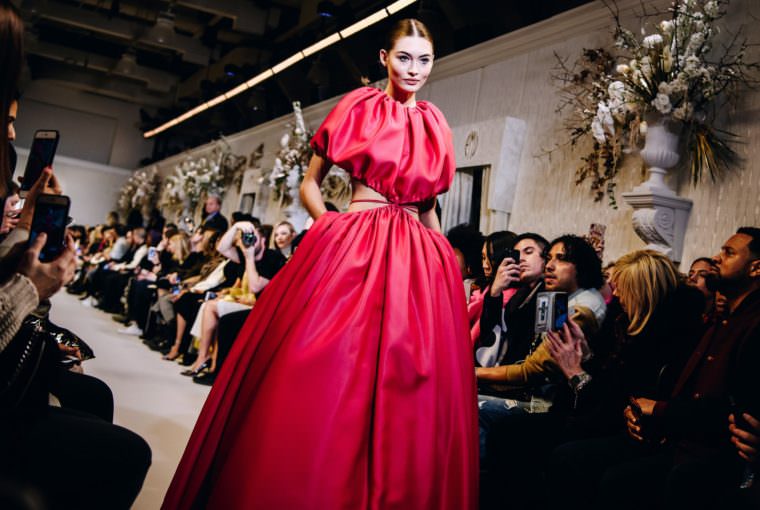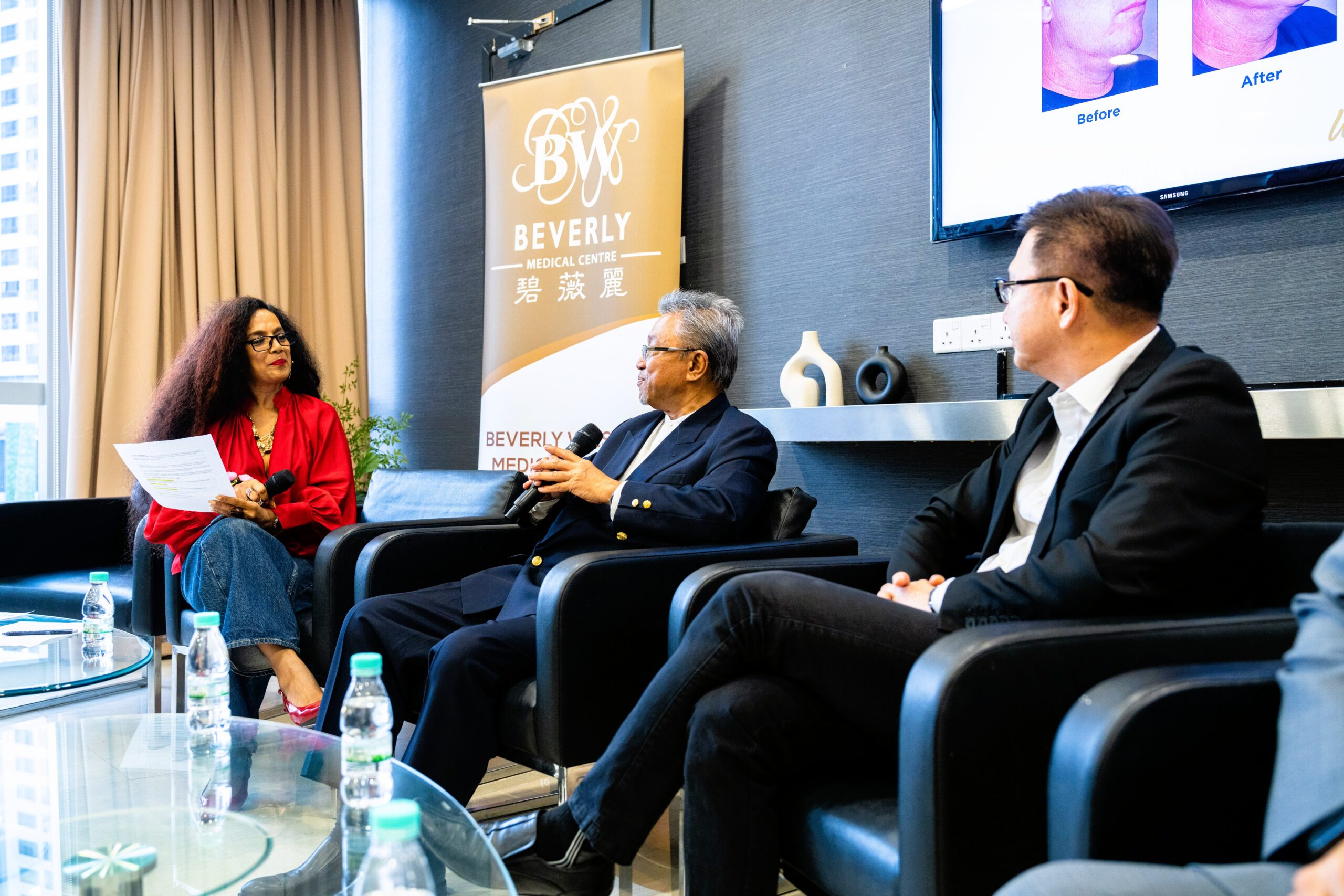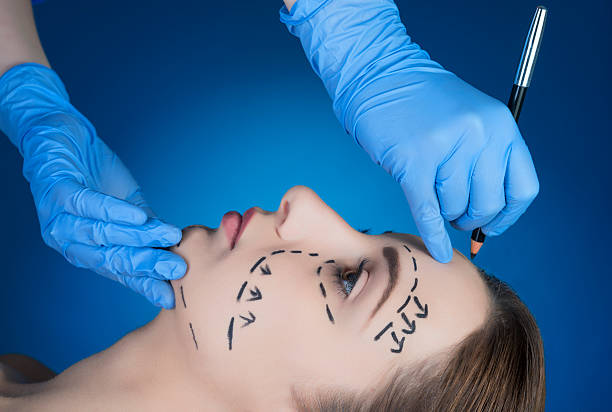The compressed schedule was meant to tighten sprawling show formats and came on the order of designer Tom Ford, the new Chairman of the Council of Fashion Designers of America (CFDA).
“We’re conscious of people’s time and budget,” said the CFDA President and chief executive officer Steven Kolb. “We’ve gotten feedback over the last few seasons that the longer schedule was difficult for editors and buyers and guests of fashion shows.”
With a shorter schedule and more shows in offbeat locations than ever before, careful planning was needed to cram it all in. Some guests felt like they had to make a choice between designers since many shows were off-schedule and conflicted with the official diary. Here are the key takeaways from New York Fashion Week.
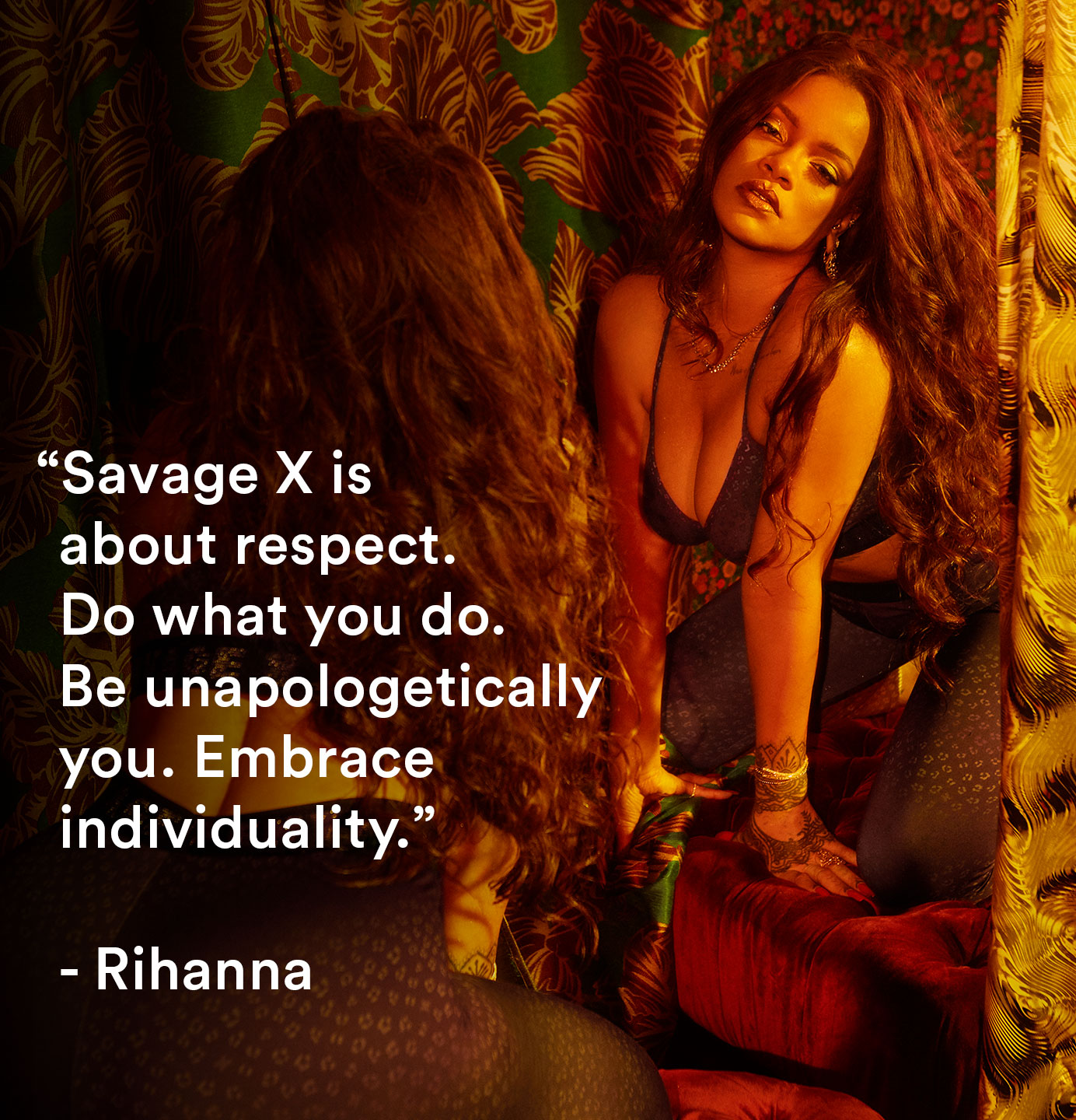
Rihanna’s Savage X Fenty show on September 10, 2019 in Brooklyn, New York pulled all stops.
Brooklyn Rising
Gone are the days when a midday trek to Brooklyn during fashion week was unusual.
Though a few brands have always staged their shows in Brooklyn (Eckhaus Latta, for example), this season’s calendar was full of Brooklyn locations from some of the top designers: Brandon Maxwell, Pyer Moss, Telfar and even Michael Kors.
Tory Burch paid a floral tribute to Princess Diana in the The Brooklyn Museum, parading pussybow blouses, silk dresses and oversized coats.
“It wasn’t about finding a venue in Brooklyn per se, we just fell in love with the space of The Brooklyn Museum,” Burch told CNN Style. “It has put on some of the most extraordinary exhibitions you will find, often focused on strong women artists.”
The way it looks, Brooklyn’s wide open spaces could be a serious contender for all shows moving forward. There was a big emphasis on outdoor shows — Carolina Herrera took place downtown in Battery Park, Maryam Nassir Zadeh on a Lower East Side sports court and Kate Spade in the charming Elizabeth Street Garden
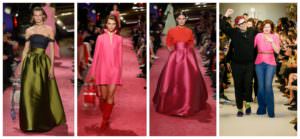
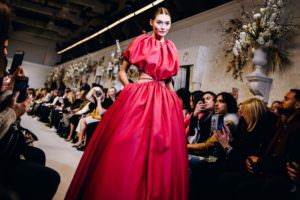
Theater and performance
Non-traditional formats reigned supreme during this fashion week, especially in the form of theatrical performances. Tom Ford, for example, took his guests underground in a deserted subway station where the platform doubled as a runway. Drinks were flowing, there were real subway workers, and booming music gave the whole show a downtown cool vibe.
Emerging designer Susan Alexandra, known for her beaded handbags, re-created a bar mitzvah complete with food, music and super-sized versions of her handbags in balloon format.
Designer Hillary Taymour of Collina Strada set up a farmer’s market and invited guests to take the produce to emphasize her commitment to sustainability (all clothing was made from re-purposed materials with the exception of jersey fabric).
“This show is my continuing attempt at reconciling the desire we all have to create and consume with the responsibility we all share to be conscious and ethical,” said Taymour, one of 10 2019 CFDA/Vogue Fashion Fund finalists, an award that recognizes emerging American talent. “I’m doing my best to use my platform to communicate urgent messages with positivity and honesty.”
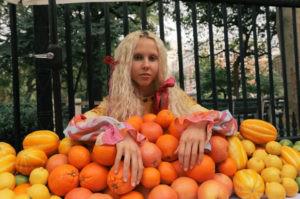
Meanwhile, there were three comebacks of sorts. After five seasons around the world, Tommy Hilfiger came back to NYFW to showcase his Fall 2019 TommyXZendaya collection (“See Now, Buy Now”), a collaboration with American actress Zendaya. The event took place at the historic Apollo theatre and featured live performances, singing and dancing.
That same night, Pyer Moss returned after a one-year break from runways with a show at Kings theatre, a concert hall in designer Kerby Jean-Raymond’s neighborhood of Flatbush, Brooklyn. Choirs have been a staple of Pyer Moss performances in the past, and this season the Pyer Moss Tabernacle Drip Choir (formed with his show director Dario Calmese in 2015) brought together 90 singers.
Rihanna topped the week off with her Savage x Fenty show, featuring performances by Halsey, Migos, Tierra Whack and Dj Khaled.
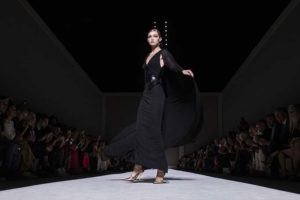
New names to know
Along with the big name performances of fashion week, several rising designers showcased theatrical runway shows of their own, and in this case, many of them were worth paying attention to beyond the performances. Japanese designer Tomo Koizumi, who made a spectacular debut last season, dressed transgender model Ariel Nicholson in the designer’s rainbow confections that are larger-than-life and almost sculptural. Her hair spiked to a point, Nicholson twirled in the voluminous tulle creations in a packed one-woman show.
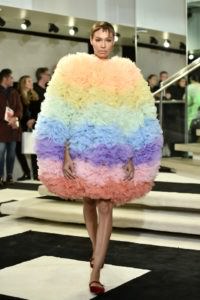
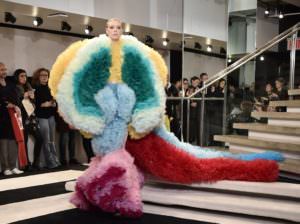
Elsewhere, rising indie label Puppets and Puppets, designed by former fine artist Carly Mark and costume designer Ayla Argentina, combined Romanov-inspired textiles and shapes with flashes of surrealism, accompanied by a strangely appealing soundscape by thereminist Dorit Chrysler.
Diversity in every sense
Not only does New York lead the way for racial diversity in all fashion weeks (though it’s widely acknowledged there’s more work to be done), this year designers made a deliberate attempt to be more inclusive.
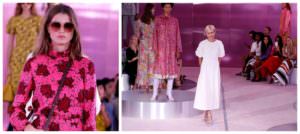
Fashion house Kate Spade spread its show across three generations, featuring 65-year-old “Accidental Icon” blogger Lyn Slater and actress Debi Mazar who walked with her teenage daughter, Evelina Corcos.
“We wanted to have a broad range of women,” creative director Nicola Glass told CNN Style. “Kate Spade as a brand has always shown a diverse range of women in their marketing, but this is the first time we’ve really reflected that in a runway show.”
Children could have been expected to walk for luxury junior label Lulu et Gigi, but this year the brand attracted extra attention for sending nine-year-old double amputee Daisy-May Demetre down the runway. The up-and-coming model, who had both her legs amputated as a baby, is due to appear at Paris Fashion Week later this month.
Meanwhile, swimsuit brand Chromat, an avid supporter of diversity, celebrated 10 years in the fashion industry with a slew of body types, races and ages. They included body positivity campaigner Tess Holliday who walked the runway in a white, floor-length dress scrawled with the words “sample size.”
Sustainable and political
Backstage, fashion shows are typically noisy and chaotic affairs, but Gabriela Hearst‘s show preps were strangely silent. That’s because hairdryers and hot tools were banned as the designer attempted to stage NYFW’s first carbon-neutral show. The models’ hair was slicked back in braids as they walked in Hearst’s cotton and wool silk trench coats and box weave hemp dresses.
More nods to sustainability could be seen in a capsule collection by designer Maria Cornejo. Cornejo utilized up-cycled textiles and leathers from car interiors in collaboration with Hyundai. The result was a very wearable set of casual dresses and trouser suits dubbed “ReStyle.”
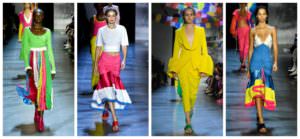
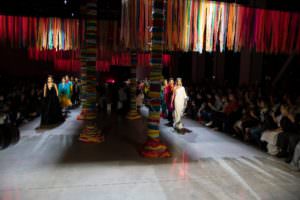
One of the most political moments of NYFW may have been Prabal Gurung‘s runway, which marked the 10th anniversary for his brand. His collection featured elements of Americana, the country’s floral emblem red roses and classic blue denim. It culminated in every model being sent down the runway wearing a pageant-style sash with the words, “Who gets to be American?”
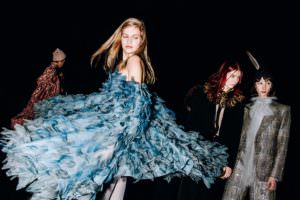
Finally, fashion favorite Marc Jacobs closed the week with an eclectic show that celebrated life thorough vivid prints, florals and high-volume shapes.
The next stop on this year’s fashion week calendar? London from Friday, Sept. 13
Watch NYFW 2019 snippets here:
